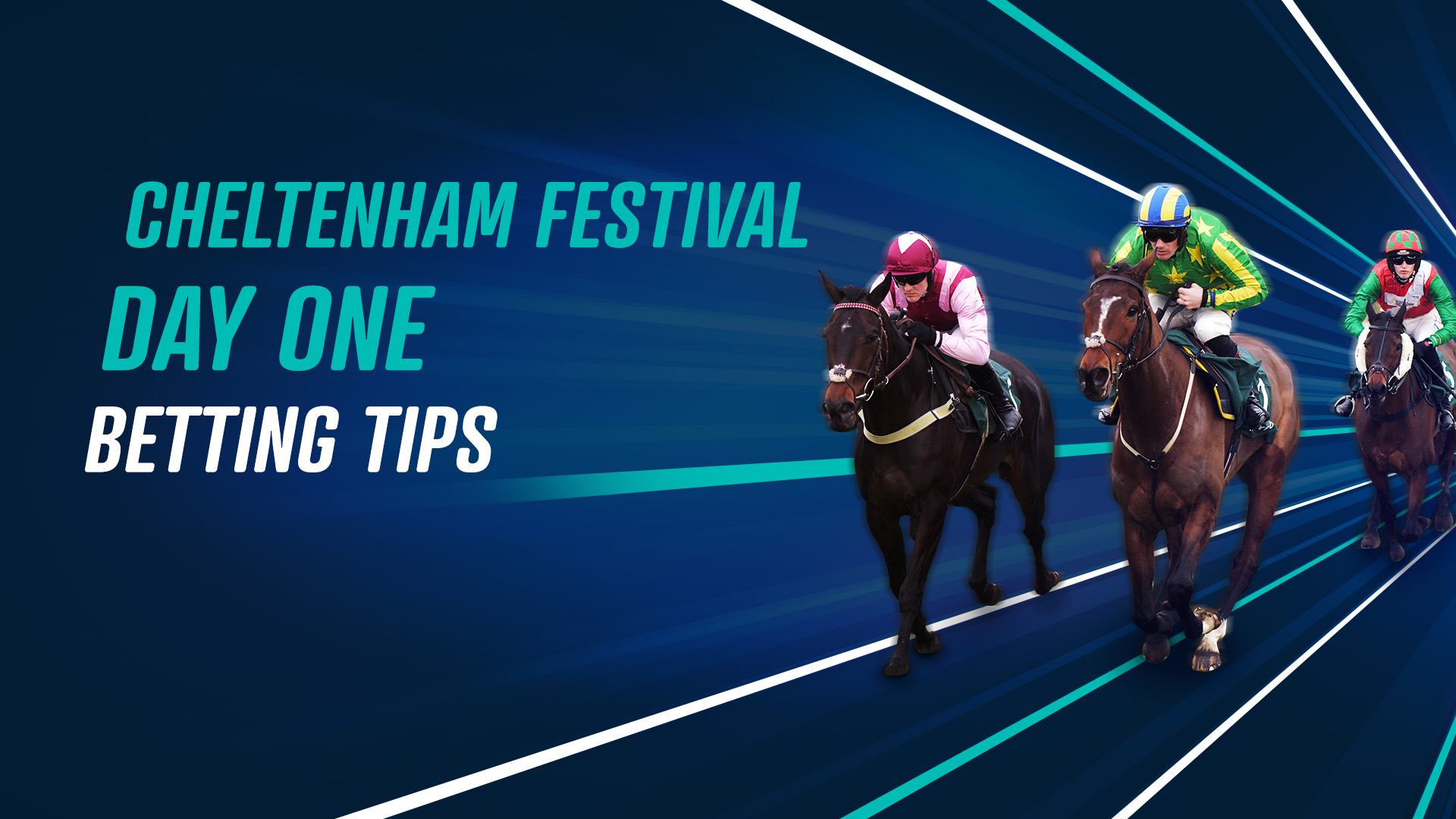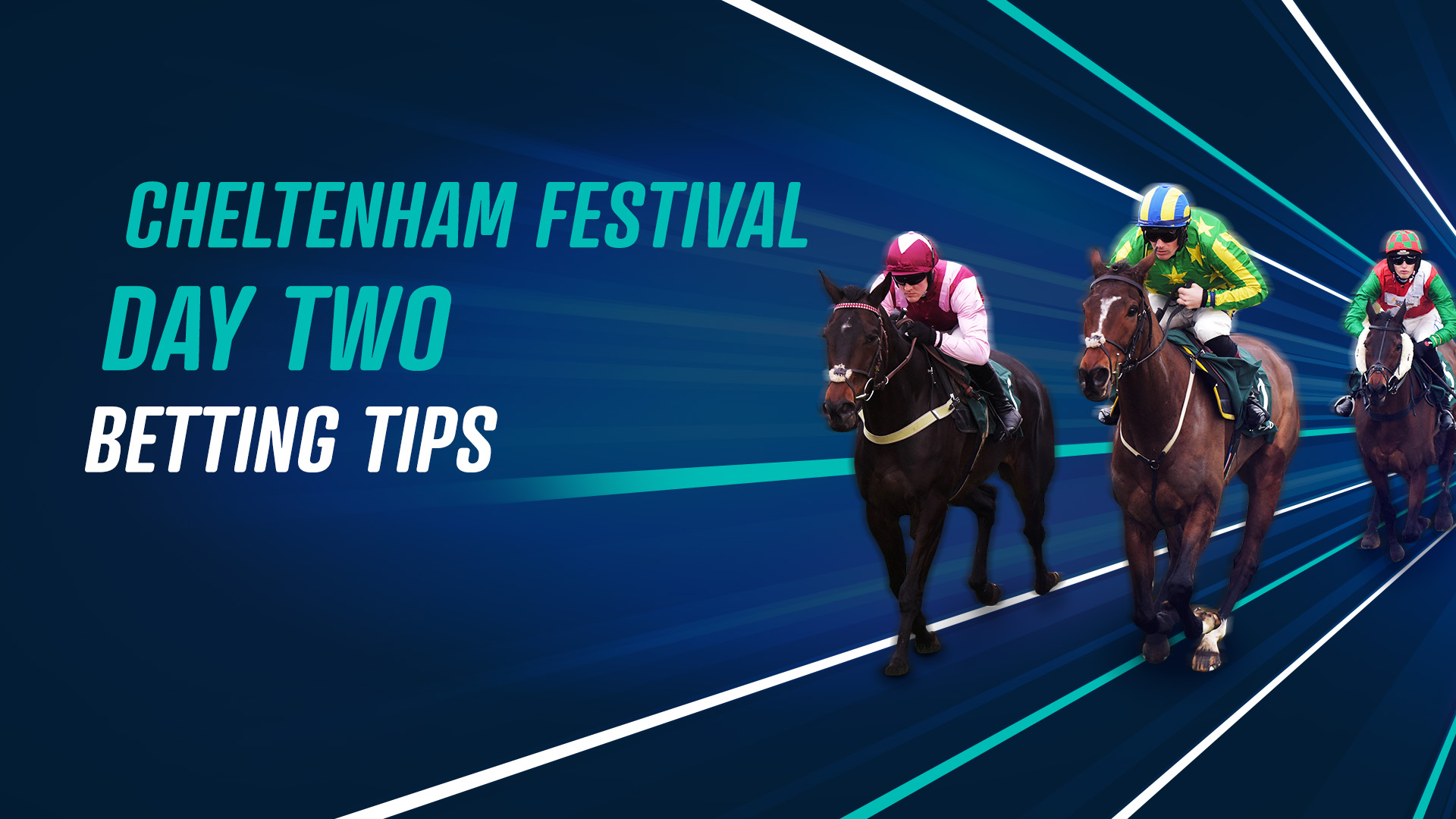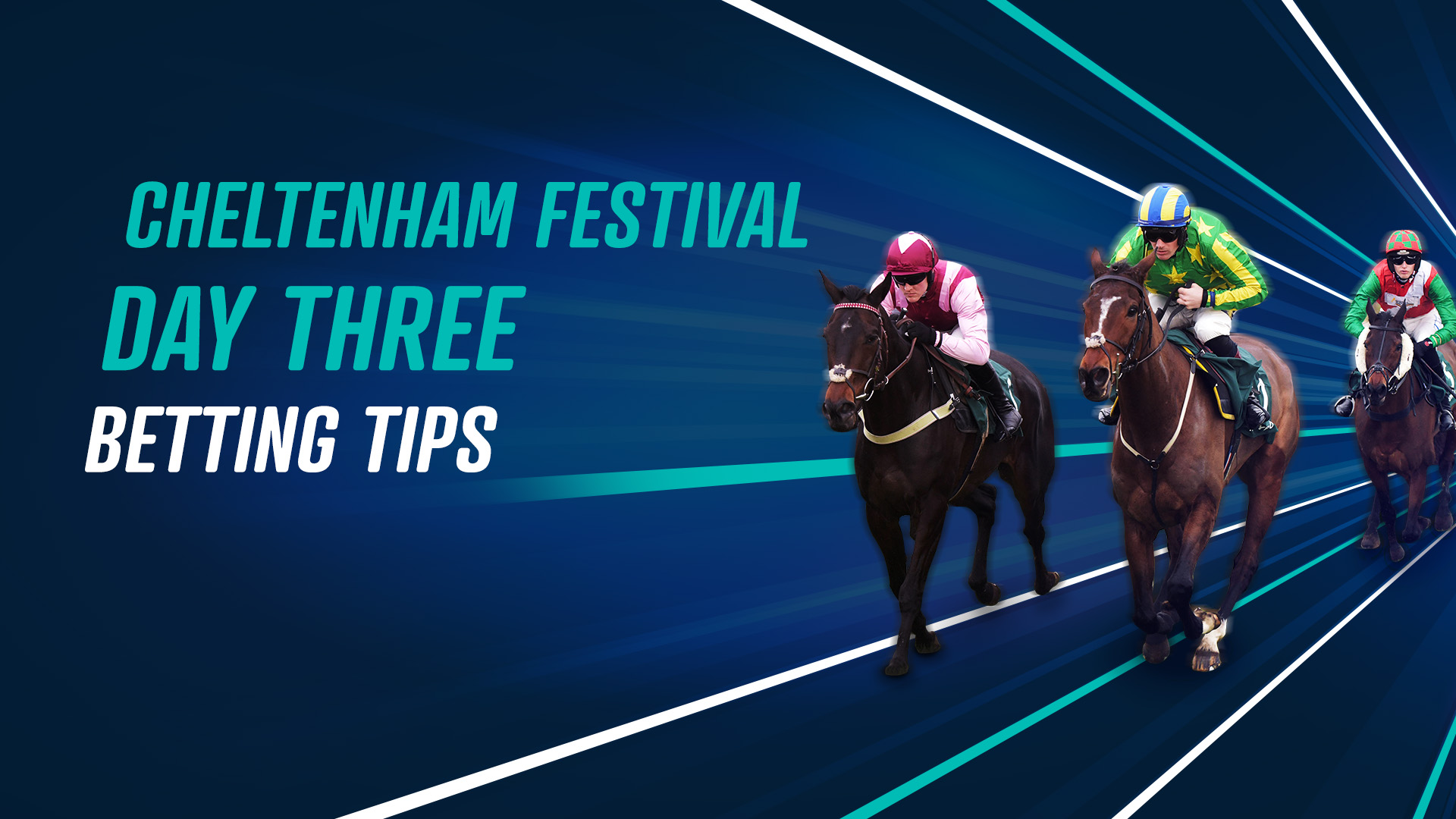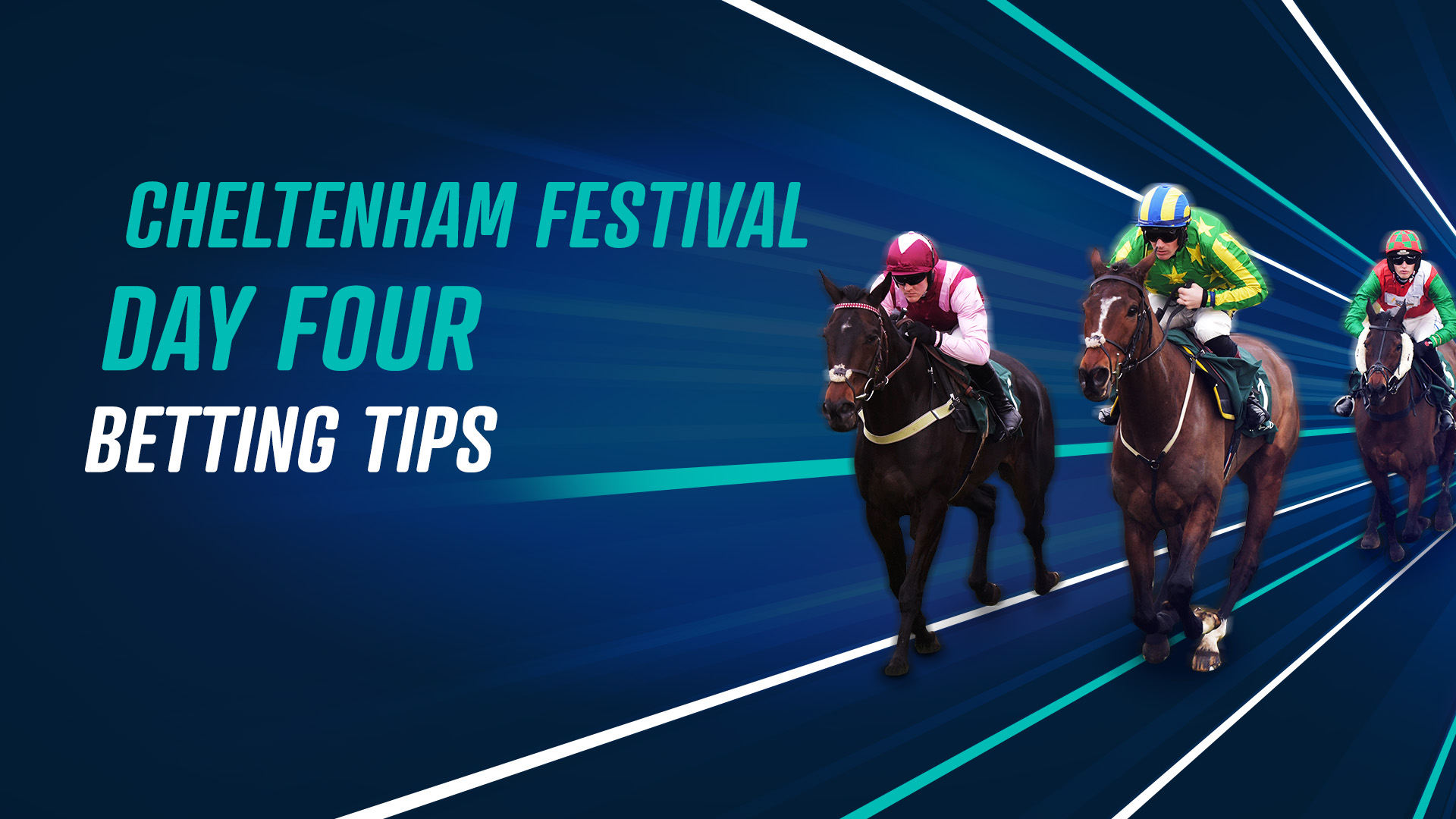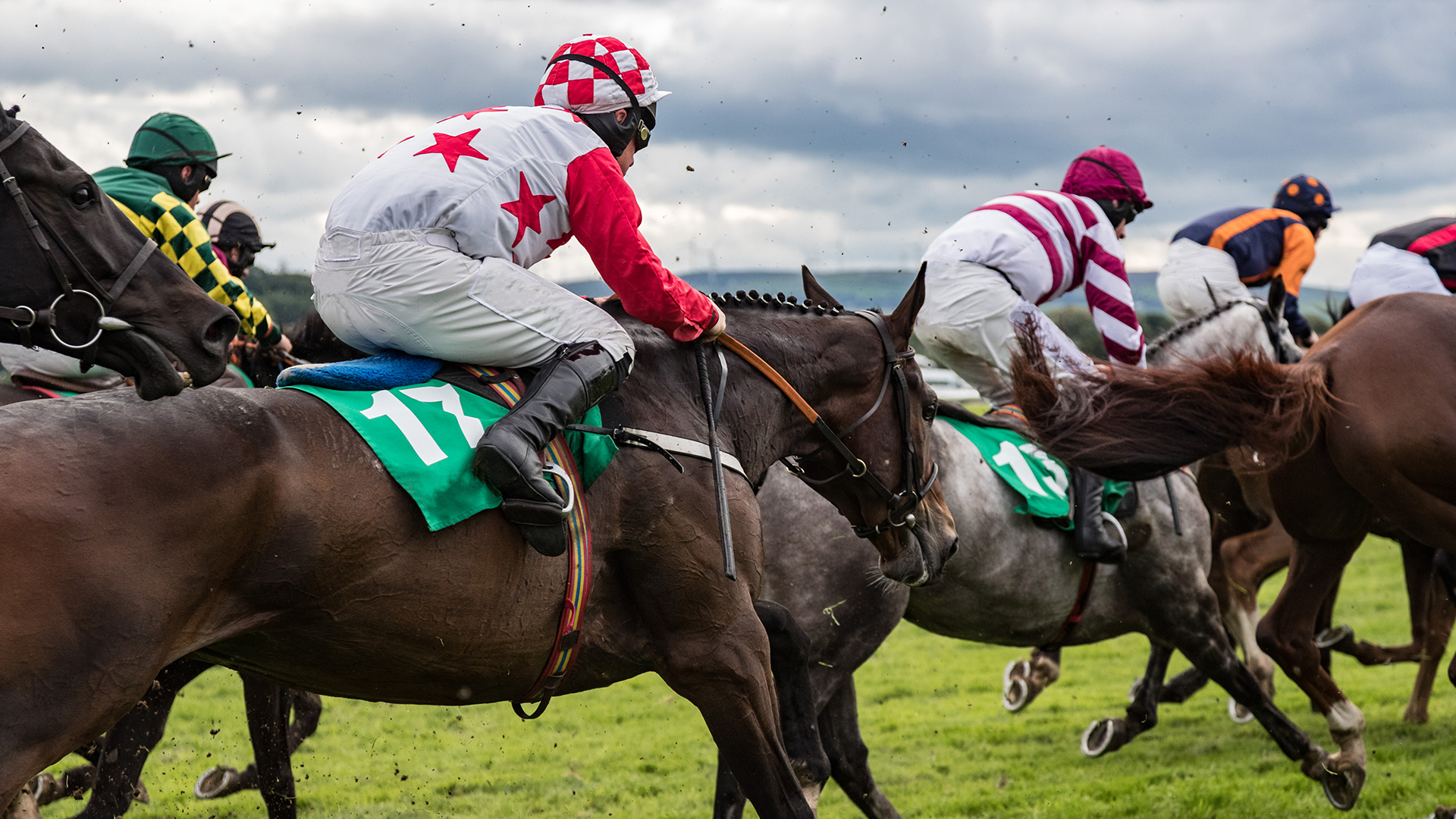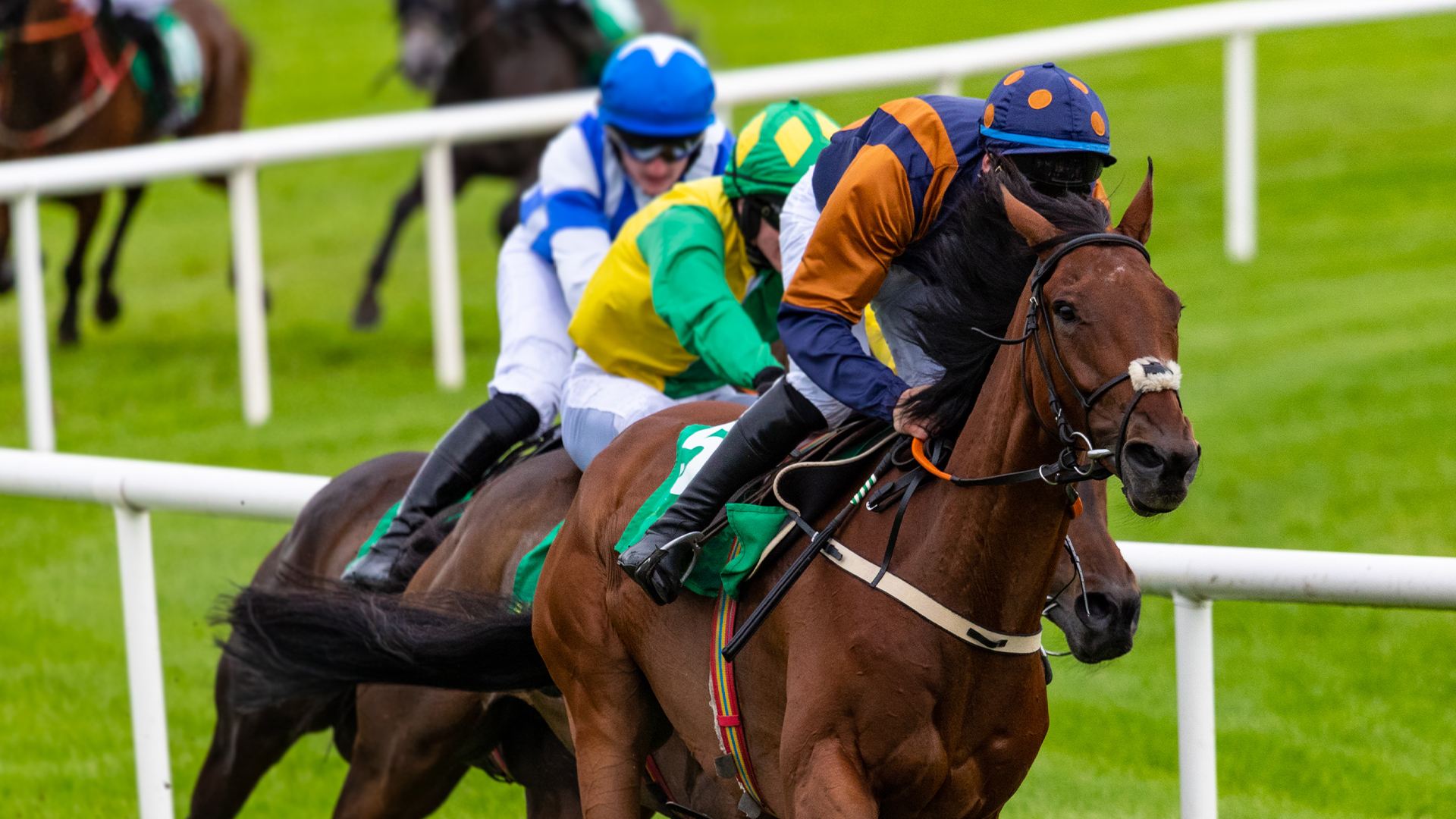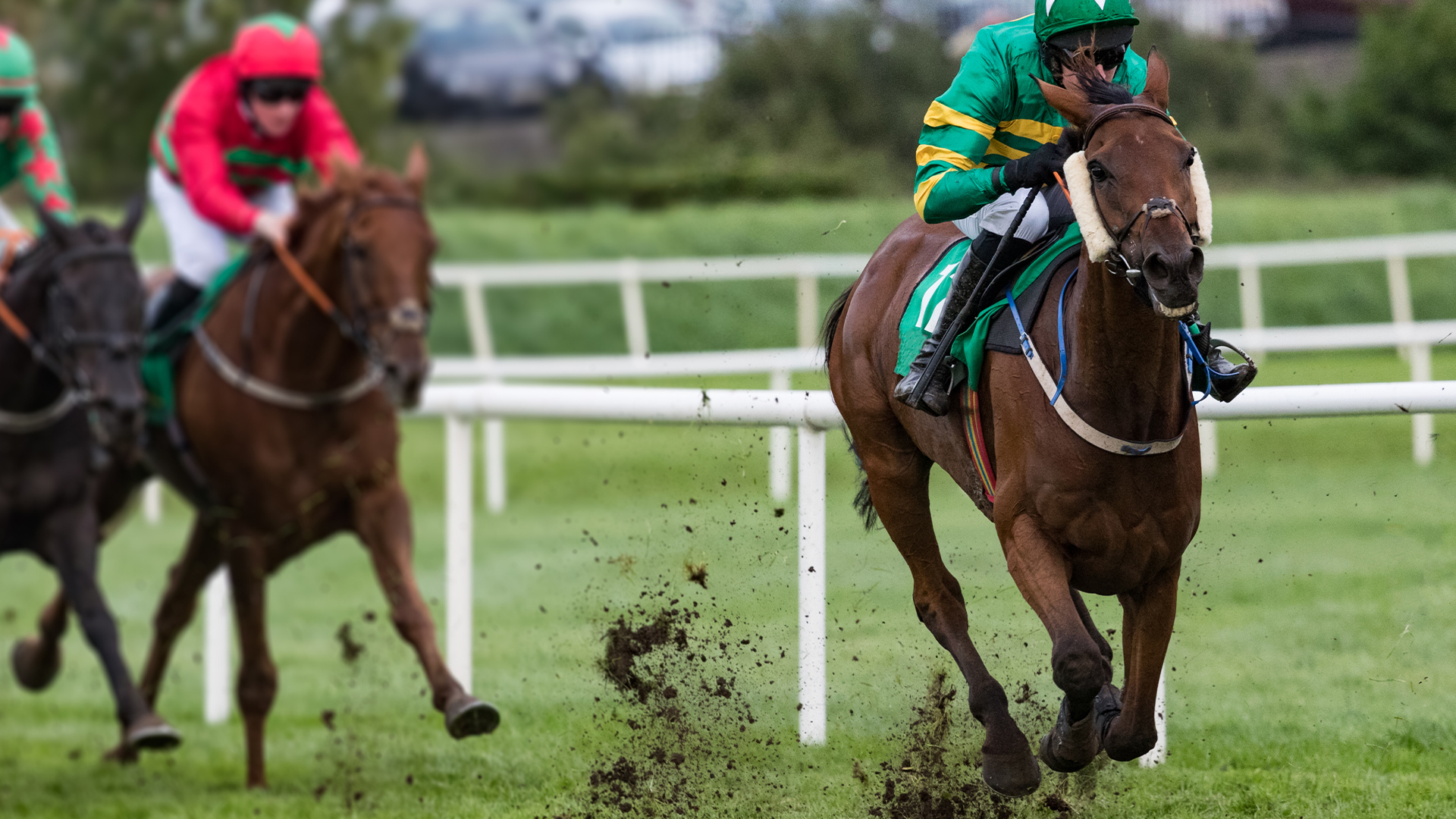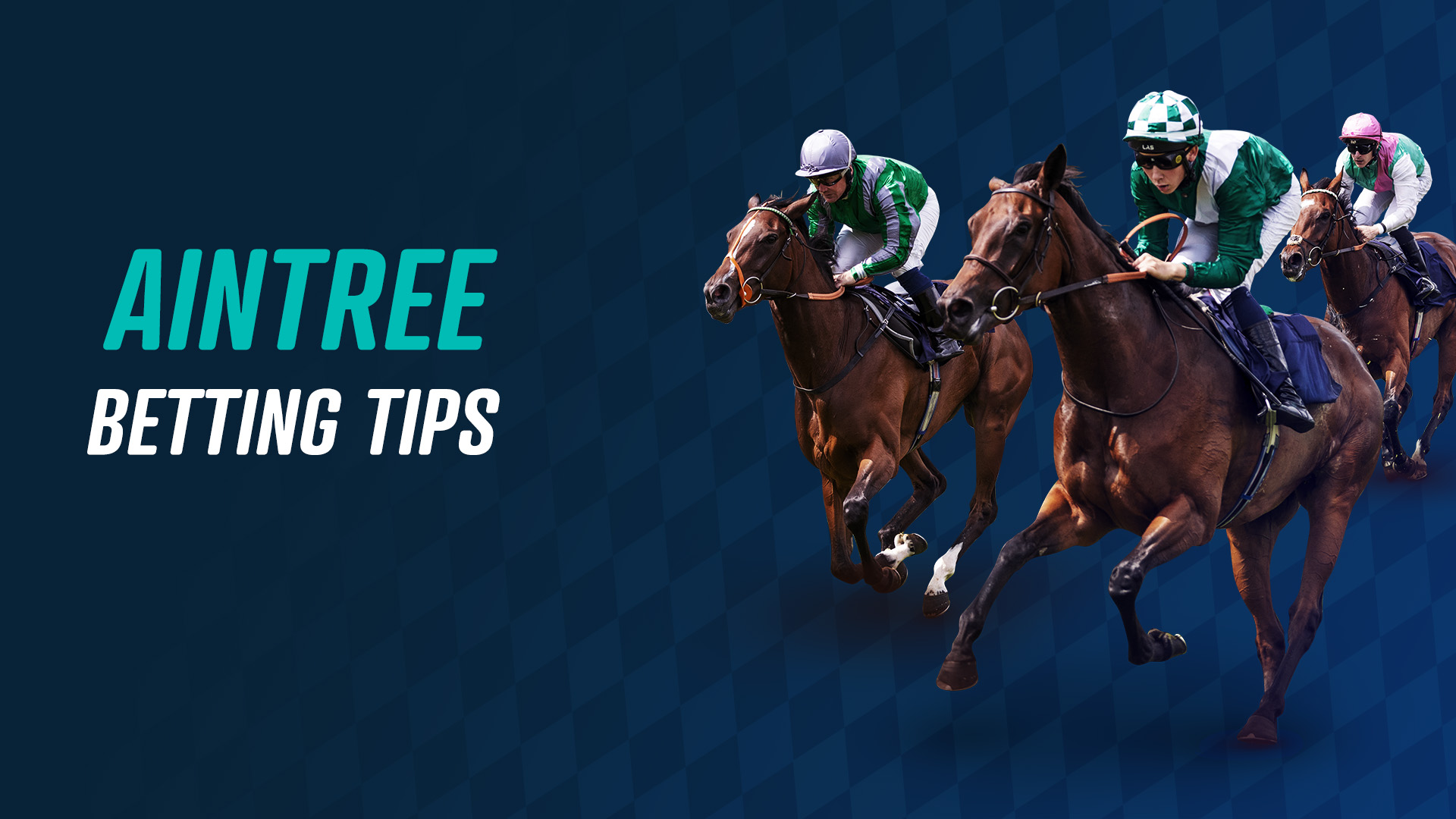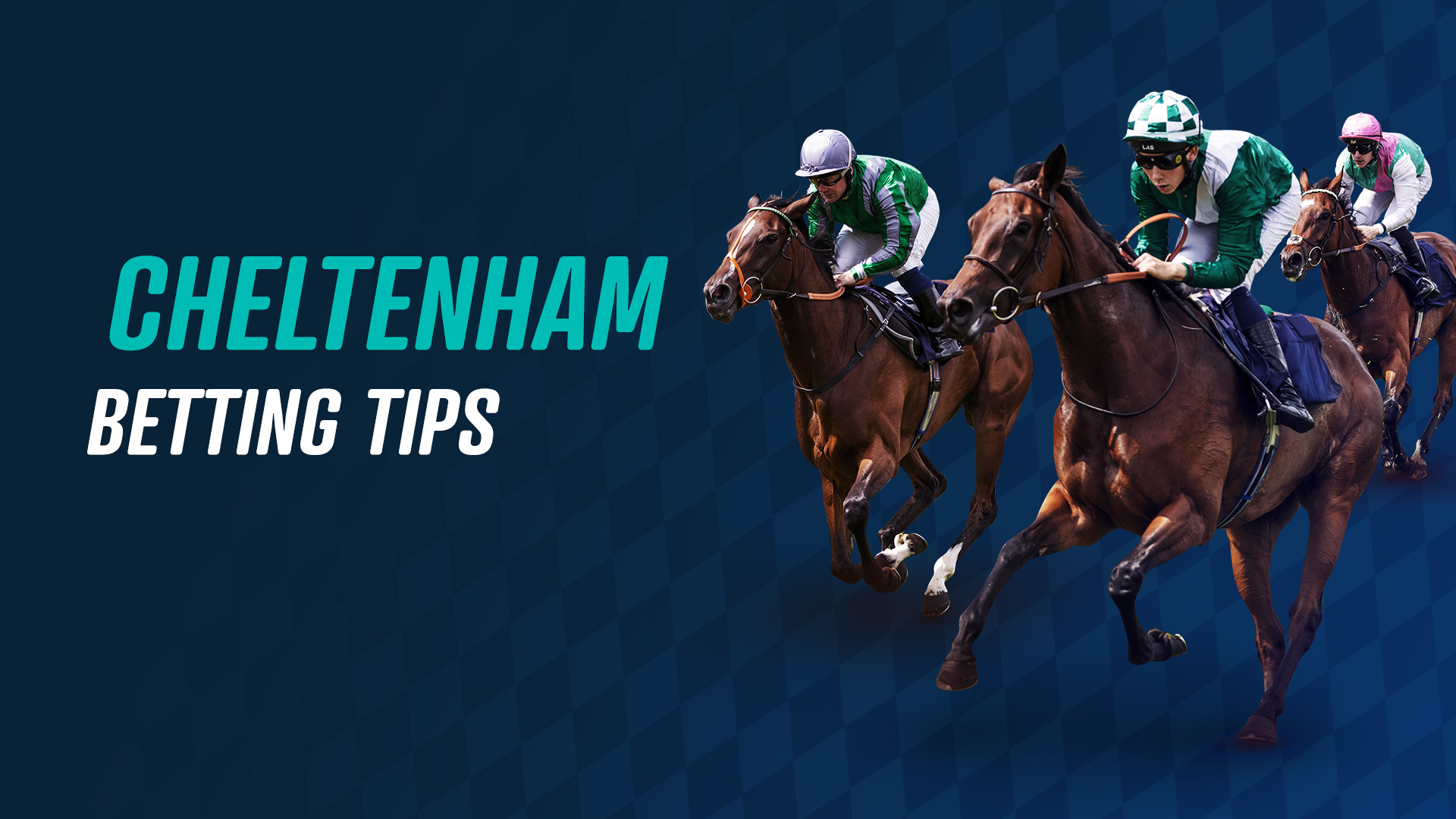
Cheltenham Racecourse Guide
Cheltenham racecourse is the spiritual home of jump racing and hosts some of the biggest races in the world. The atmosphere that can be generated by the crowds is unrivalled throughout horse racing, and many jockeys and trainers have said that there is no feeling like the opening roar of the Cheltenham Festival. If you are betting on Cheltenham, make sure to head over to Bet UK's online betting markets.
Check out our Cheltenham Betting Offers
Where is Cheltenham Racecourse?
Cheltenham racecourse is located just over 2 miles from Cheltenham town centre in northern Gloucestershire. The actual racecourse is at Prestbury Park and has been around for over 200 years. The course is surrounded by the hills of the Cotswolds. With a complete full capacity of 67,500 racing fans, the hills create a natural amphitheatre that adds to Cheltenham’s famous atmosphere.
How To Get To Cheltenham Racecourse
Driving To Cheltenham Racecourse
From the North, head towards Birmingham and onto the M5, which will take you directly to Cheltenham Town. Come off at Junction 10 and follow the A4019 into Cheltenham town centre, before turning right onto Kingsditch Lane. Follow that road before turning right onto Swindon Lane, which will take you all the way to Cheltenham Racecourse
From the South, drive along the M4 before coming off at Junction 15 for Swindon. Heading along the A419, you will eventually merge onto the A417. Leave the A417 at Junction 11A, following signs for the M5 Northbound. Leave the M5 at Junction 11, taking the 3rd exit on the roundabout onto the A40 towards Cheltenham. At the second roundabout, turn left onto Princess Elizabeth Way and follow the road. Head straight over the roundabout at the end of the road and follow Kingsditch Road before turning onto Swindon Lane, which takes you directly to the racecourse.
Car Parking at Cheltenham Racecourse
There are plenty of car parks available at Cheltenham, however for the bigger events (The Open and the Cheltenham Festival), you will be designated a car park. Parking at Cheltenham Racecourse is free for most meetings, but will cost £5 on the day for The Open and £20 on the day during the Festival. Both prices can be reduced with advanced booking.
Getting The Train To Cheltenham Racecourse
Trains run regularly to Cheltenham Spa, the main train station in Cheltenham. Direct trains from London run around every hour, and take about 2 hours to get there. Regular trains also run from Birmingham and Bristol, however any major station should have routes available. From Cheltenham Spa, it is around a 45 minute walk, although regular taxis will be available during the bigger meets.
If you do decide to walk, turn left out of Cheltenham Spa before turning right onto Gloucester Road. Follow Gloucester Road before turning right at the Alice Guest House, and then left and right again at the next 2 corners. One more left turn onto Folly Lane and you can follow this road until it’s end. From there, you will be able to see the world famous Cheltenham Racecourse.
What Is The Course Like At Cheltenham?
There are 2 different courses at Cheltenham, The Old Course and the New Course. The Old Course is shorter than the New Course, and is used for the Open and the first 2 days of the Festival. The New Course is used for the second 2 days of the Festival, as well as the majority of bigger meetings during the year. Both courses are left-handed and the final stretch is one of the toughest anywhere in horse racing. The last half mile is all uphill and is a true test of a horse’s stamina.
Racing Meetings at Cheltenham Racecourse
Of course, the main meeting of the year is the Cheltenham Festival. Taking place over 4 days in mid-March, the Cheltenham Festival is the absolute pinnacle of the jumps season. Horses, jockeys and trainers alike cannot be classed as one of the best ever until they have tasted success at the Cheltenham Festival. As well as the Festival, highlights at Cheltenham include The Open Meeting, Trials Day and the April meeting.
Betting on the Cheltenham Festival
Throughout the entire 2024 Cheltenham Festival, we'll have all of the top UK horse racing betting markets right here at Bet UK. Featuring all of the top Cheltenham Betting Odds and we'll also have top betting previews for all of the key races including the Cheltenham Gold Cup and the Champion Chase.
Guides for Cheltenham Racecourse
More Cheltenham Articles
More Horse Racing Guides
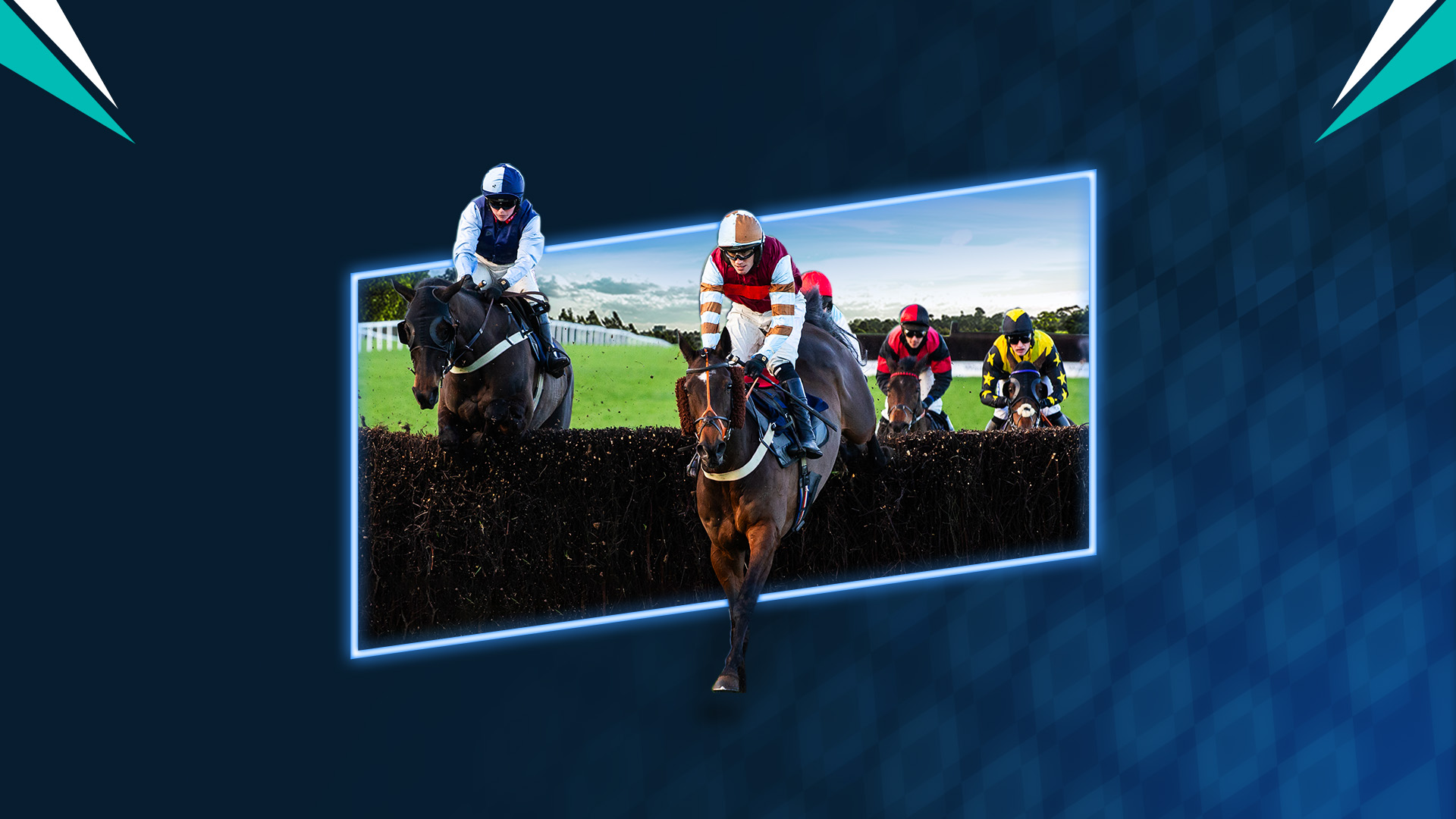
National Hunt Betting Guide
Whether you’re placing a bet at Cheltenham, Kempton or Aintree, the National Hunt Season is full of top-class racing. Not only do we have the main meetings at Bet UK, we also have daily horse racing betting from across the UK and Ireland, so you’ll never miss a hurdle or chase race.
Normally National Hunt racing does run throughout the entire UK horse racing calendar. However, the main events happen between October and April, where the biggest horses in jumps racing will feature in Grade 1 handicaps.
Before placing a bet on any National Hunt Horse racing at Bet UK, you’ll need to know the ins and outs of National Hunt Racing. So, whether you’re looking for a win, place or each way, we’ve got you covered.
In our National Hunt Guide, we’ll talk you through all of the betting options and give you some insight into how to select a horse that can handle the distance and going conditions.
National Hunt Bets at Bet UK?
Win Bet in the National Hunt
A simple bet; it basically means you’re betting on a horse to finish in first place.
Place Bet in the National Hunt
As well as betting on a horse to win a race, punters can place a bet on a horse to finish either second or third in a race.
Each way Bet in the National Hunt
This option provides punters with two separate bets - one to win and one to place. Normally the place part of the bet is settled on the first three horses to finish; however, this can vary depending on the number of horses in the race and whether the race is a handicap.
Non-Handicap Races 2-4 Runners pays on win only 5-7 Runners pay on the first and second with a ¼ of the odds 8 or more runners will pay out on first, second and third with a ⅕ of the odds
Handicap Races 2-4 Runners pays on win only 5-7 Runners will pay on the first and second and offer ¼ of the odds 8-11 Runners on the first, second or third places with a ¼ of the odds 12-15 Runners on first, second and third with a ¼ of the odds 16+ Runners pays on the first four to pass the post with a ¼ of the odds
Forecast Betting
If you want to pick more than one horse in a race, then a forecast could be the best option for you. Within this bet, you will select a horse who will finish in first and second place, and the bet will only pay out if that scenario occurs.
Tricast
This bet is similar to a forecast but involves three horses, and the bettor must select them to finish correctly in first, second and third for the bet to pay out.
What races will horses feature in during the National Hunt Season?
Bumpers are National Hunt flat races that feature zero obstacles. Normally for younger horses who have no experience over hurdles or fences, they will make their debuts in these races in preparation for the next season.
Hurdles are the smallest of the National Hunt obstacles. These are where horses will progress to after bumper races.
Chase fences are the larger obstacles in National Hunt racing. These steeplechase fences require more skill to jump than hurdles, and horses can often fall if they misjudge the size of the fence.
What are novice National Hunt races?
These types of races are specifically for horses who are new to the National Hunt Racing. Common over hurdles and chase fences, multiple races can be seen throughout the season.
What are Handicap races?
Like those seen in the flat season, handicap races are the most common in National Hunt Racing. Each horse in these races will carry different weights depending on its most recent performances.
What are Conditions races?
Unlike handicaps, every horse involved in a conditions race will carry the same weight regardless of their form.
What are the Different Grades of Races Used in National Hunt Racing?
Like other UK horse racing, many of the races across the National Hunt Season will have classifications ranging from Grade 1, which are the biggest races on the calendar, to Grade 2, Grade 3, down to listed races, handicaps and then bumpers. Races will also be given a class of 1-7, with Grade 1-3 contests falling under class 1.
What are the key National Hunt Racing Days
Throughout the National Hunt Season, there are key meetings on which punters will potentially place bets. These are the:
Betfair Chase King George VI Chase at Kempton Cheltenham Festival, which features the Champion Hurdle, the Champion Chase, and the Cheltenham Gold Cup Aintree Festival, which includes the Grand National
What are the most common types of going in National Hunt Racing?
Due to main National Hunt races happening in the winter months, the going conditions for the races are Good to Soft (good ground holding water), Soft (common in the jumps season, the ground holds more moisture) and Heavy (very wet and can be difficult to run on). In Ireland, Yielding is the equivalent of good to soft.
National Hunt Horses to Watch in 2022/23
Honeysuckle
Given her form since 2020 season, it's hard to ignore Honeysuckle. The winner of Champion Hurdle at Cheltenham, the Irish Champion Hurdle at Leopardstown and the Punchestown Champions Hurdle, she looks set to keep her unbeaten run intact this season. We expect to see her in Ireland at some point in November, so keep your eyes on the racecards.
Famoso
A half brother to Tornado Flyer and with bloodlines to Hurricane Fly, it’s hard to ignore the pedigree of Famoso. Trained by Paul Nicholls, it looks as though he’ll go out over distances of just over 2 miles and given the fact he’s had an extra year to mature, we think he’ll soon go beyond his 111 rating.
Exelerator Express
Trained by Bet UK ambassador Neil Mulholland Exelerator Express was victorious in four of his seven outings in 2021 and has also placed in two of those races. He’s expected to head to Cheltenham Festival later in the season with the Arkle the aim.
Coconut Splash
Trained by Evan Williams, this six-year-old ran well last season and finished the campaign with a rating of 137 as a novice chaser. He’ll most likely head to somewhere like Chepstow or Wetherby for his first start of the season, as he seems to favour soft or heavy ground. He’s still a novice when it comes to chasing so it may take a race for him to find his feet, but given that he finished second behind Chantry House in his last race, we expect to see good things.

Ante Post Betting Guide
Ante Post betting, also known as futures betting, is well known with regards to horse racing betting. Horse racing betting often offers odds on big races long before they actually take place, allowing you to potentially get better odds and bigger returns.
What is Ante Post betting?
Ante Post betting is when you place a bet on a horse race before the race card is confirmed and the race actually takes place. For example, the Cheltenham Festival Gold Cup is a popular Ante Post race, as it is one of the biggest races of the horse racing calendar. In the run up to the race, there might be a wide selection of horses that are speculated to be entered into the race. Until the racecard is officially confirmed, any bet placed on the race will effectively be classed as Ante Post.
There are also some risks with Ante Post betting however. As the racecards are not yet confirmed, there is a chance that your selection might not even race. So although you might get increased odds on a sure favourite, there is a chance that your horse has no chance of winning. With Ante Post betting, any bet that is placed and then does not run, will be resulted in a loss. This means that no refunds will be issued and the stake will be lost.
Ante Post betting also applies to more betting markets than just horse racing. There are also other sports that feature ante post betting, including football betting. For example, a bet on the outright winner of the Premier League would be an ante post bet, as it will not be settled until the end of the season. These kind of ante post bets provide less risk however, as the team you bet on is guaranteed to take part in the Premier League season.
Ante Post Betting Example
- The Cheltenham Gold Cup is raced every March at Cheltenham racecourse, but markets for the race are typically open all year round. In anticipation of the race, you decide to place a bet on Horse A in January.
- As the race draws closer, the race card is confirmed. Horse A has instead been entered into another race and will not be taking part in the Gold Cup.
- With Horse A entering into another race, your bet will be resulted in a loss. Unless there is a special ‘No Runner No Bet’ offer, a horse not running will always result in a loss with no stake being returned. If there is ‘No Runner No Bet’ offer, then the stake will be returned.
- If Horse A does run, then the bet will be settled as normal. The bet will also avoid any Rule 4 declarations, meaning that your chances of winning will be increased, but your payout will remain the same.
Head back to our Bet UK Betting Guides for more information on our huge selection of betting markets.
Bet UK's online betting has the latest Ante Post betting on the biggest racing festivals, including the 2025 Cheltenham Festival and Royal Ascot. Bet UK's sports betting blog covers the latest sporting news from all major events, including the latest odds, tips and previews.



